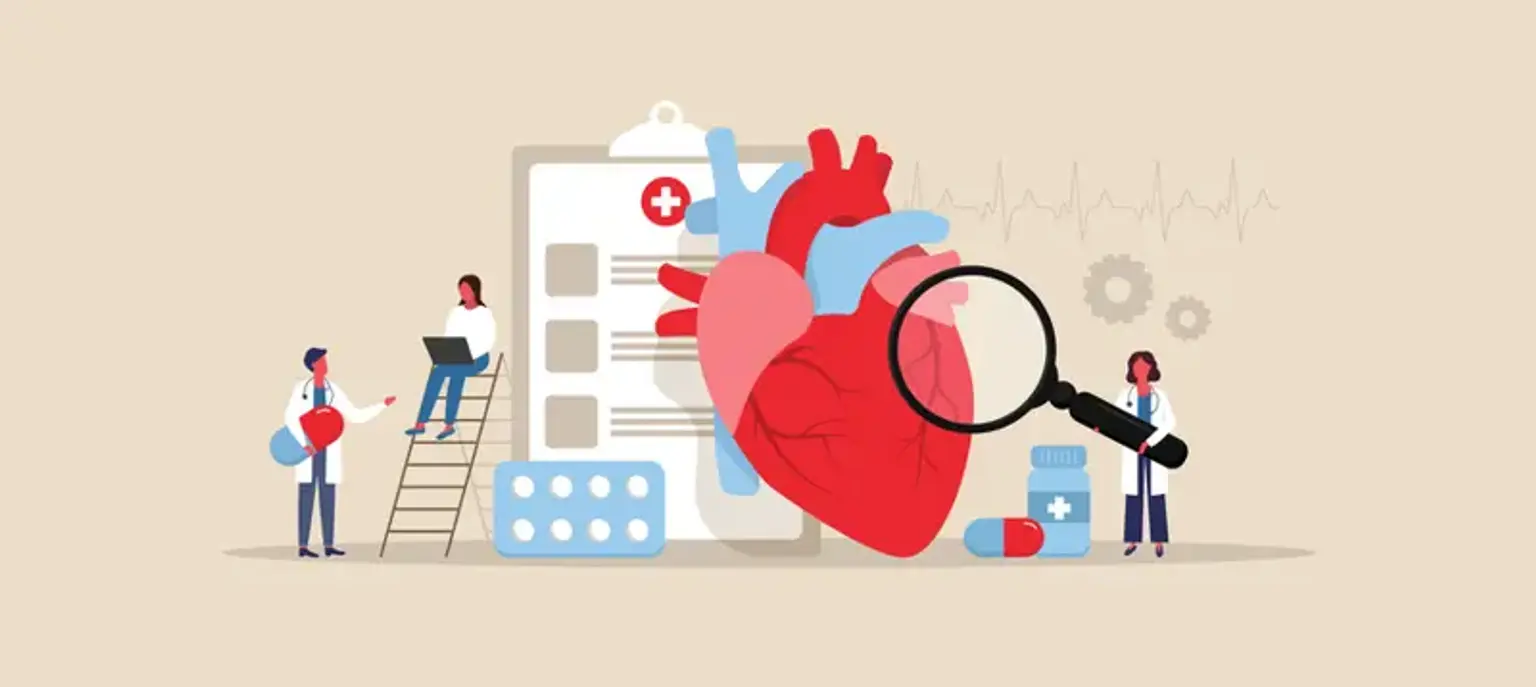Ventricular Systolic Dysfunction
Overview
Heart failure is a major public health problem. Left ventricular dysfunction, also known as LV dysfunction of the heart, is frequently followed by congestive heart failure, which can lead to a variety of cardiac problems.
What is Left ventricular systolic dysfunction (LVSD)?
|
Stage |
Symptoms |
|
I |
Their physical activity has not changed. The individual's physical exertion does not result in fatigue, palpitations, or shortness of breath. |
|
II |
Physical activity is slightly restricted for the individual. When the person is at rest, he or she feels at ease. Their regular physical exertion causes fatigue, palpitations, and shortness of breath. |
|
III |
Physical activity is severely restricted for the individual. The individual is at ease while resting. Physical activities that should be easier on their bodies than their regular jobs produce weariness, palpitations, or shortness of breath. |
|
IV |
The individual is unable to perform any task without discomfort. At rest, the person has signs of heart failure. Their discomfort rises when they undertake any type of physical exercise. |
